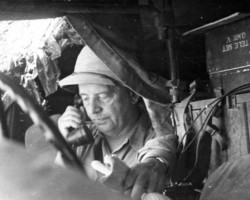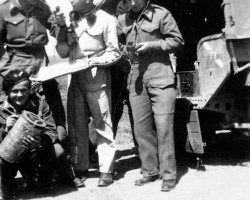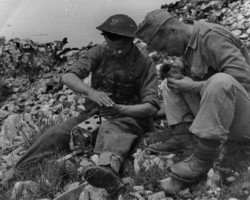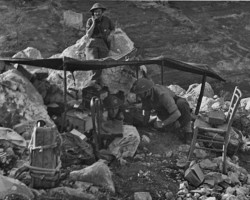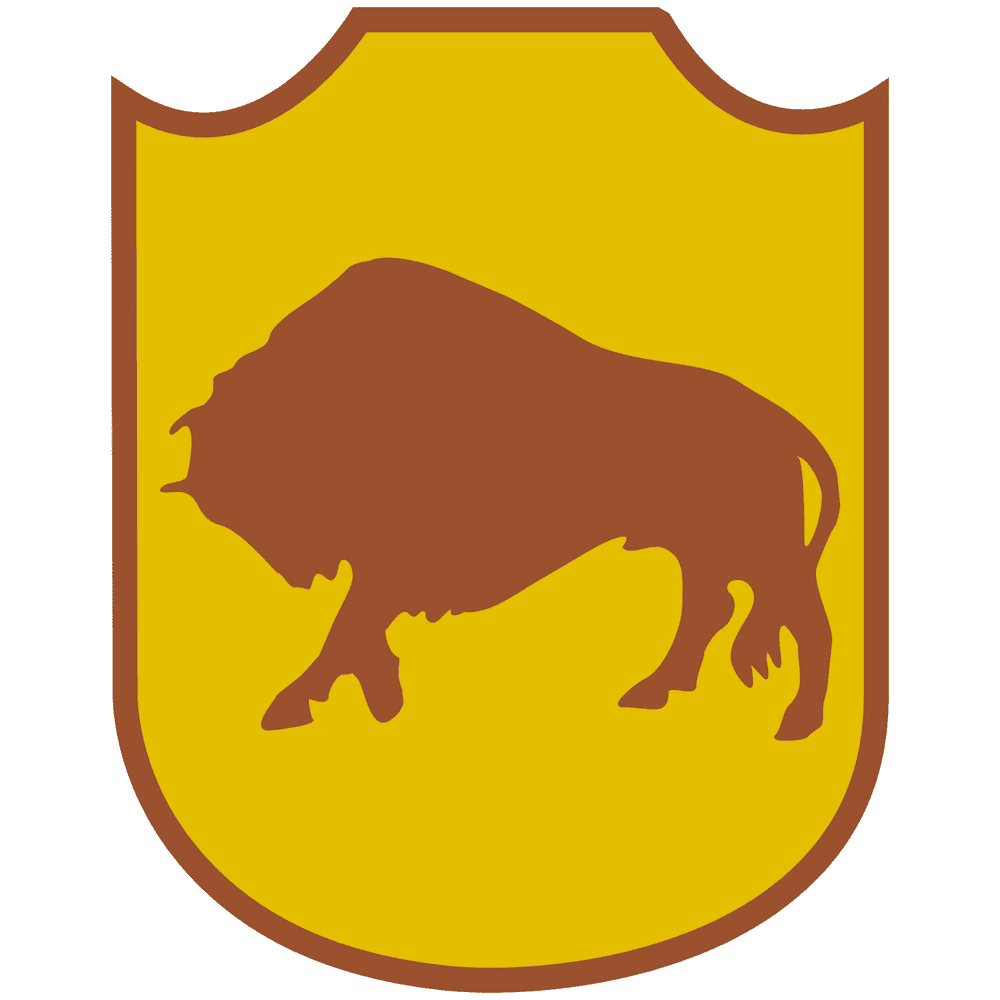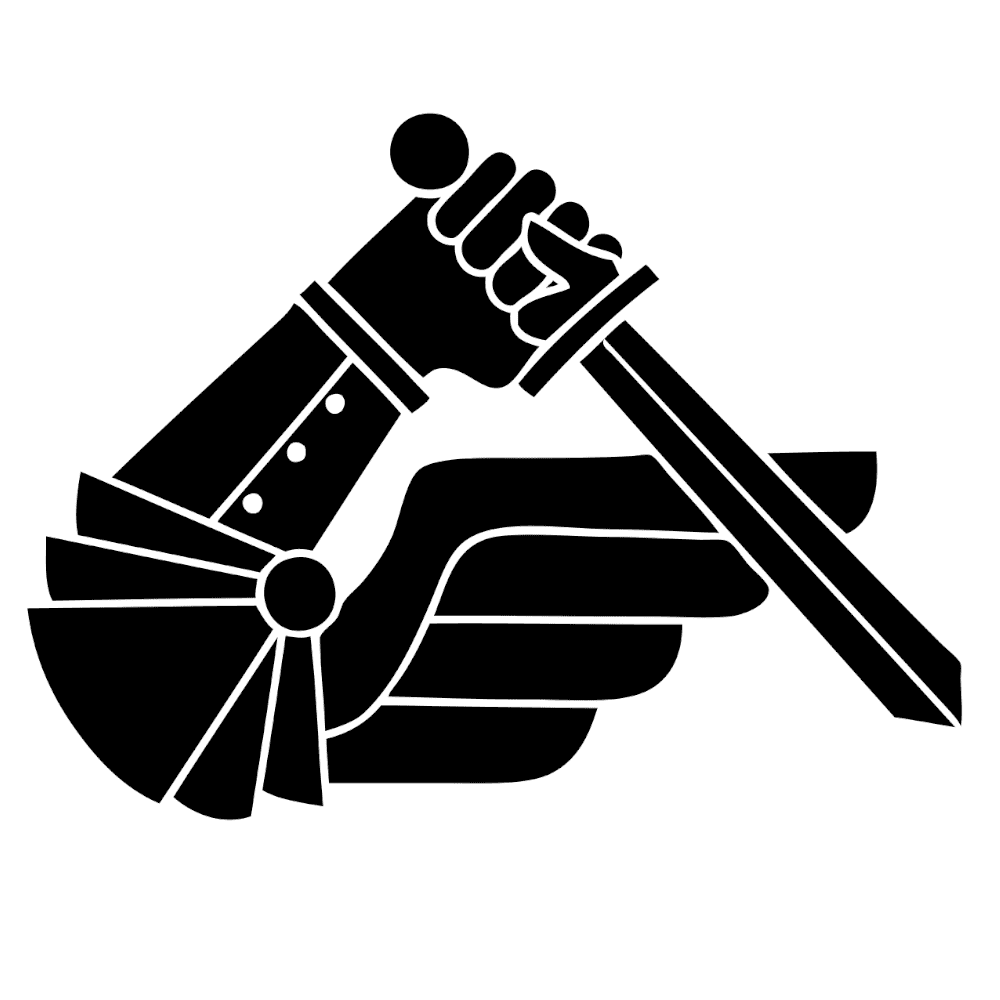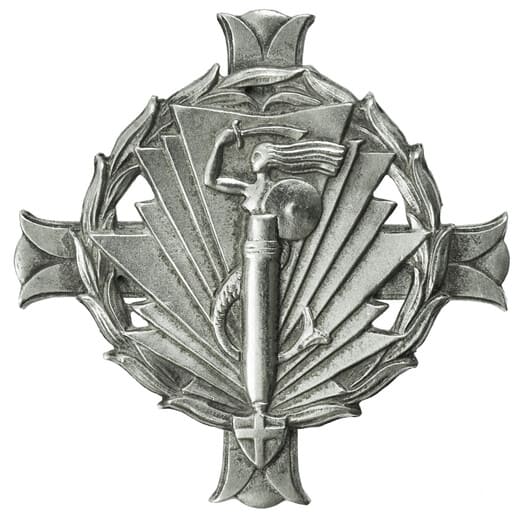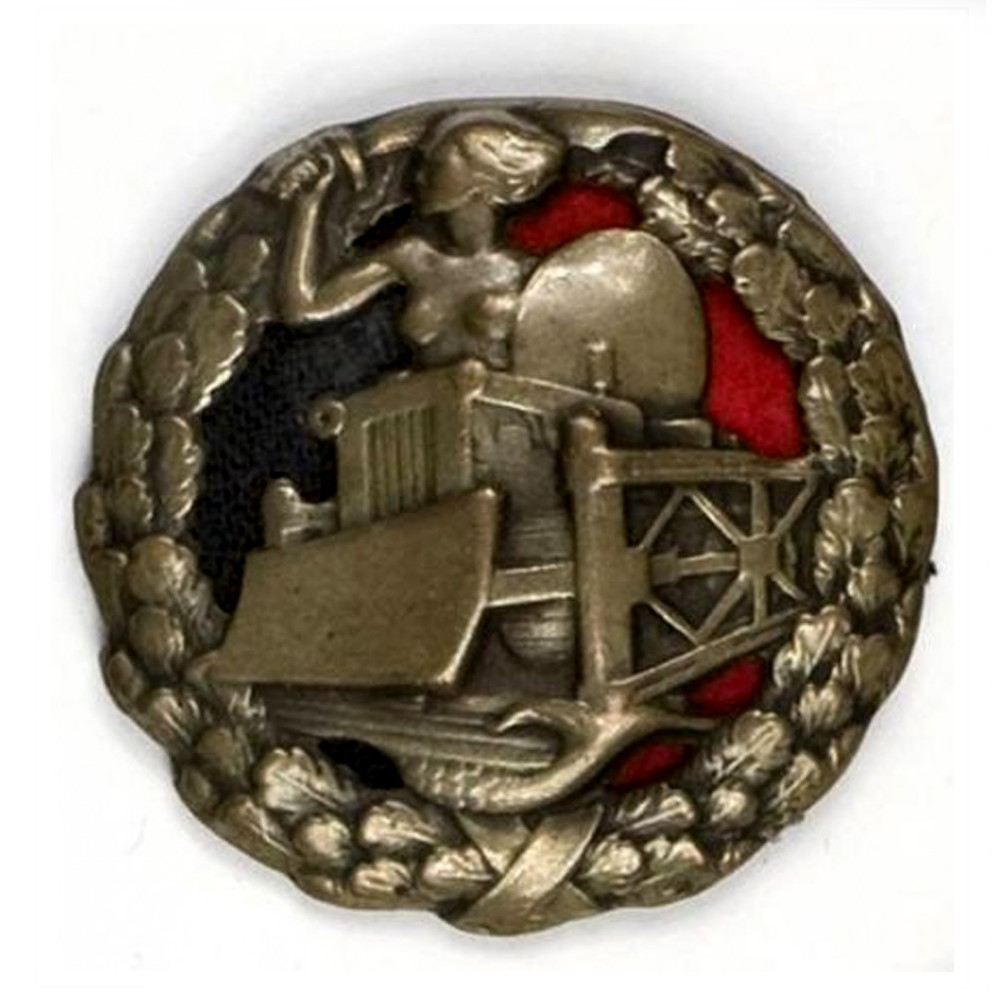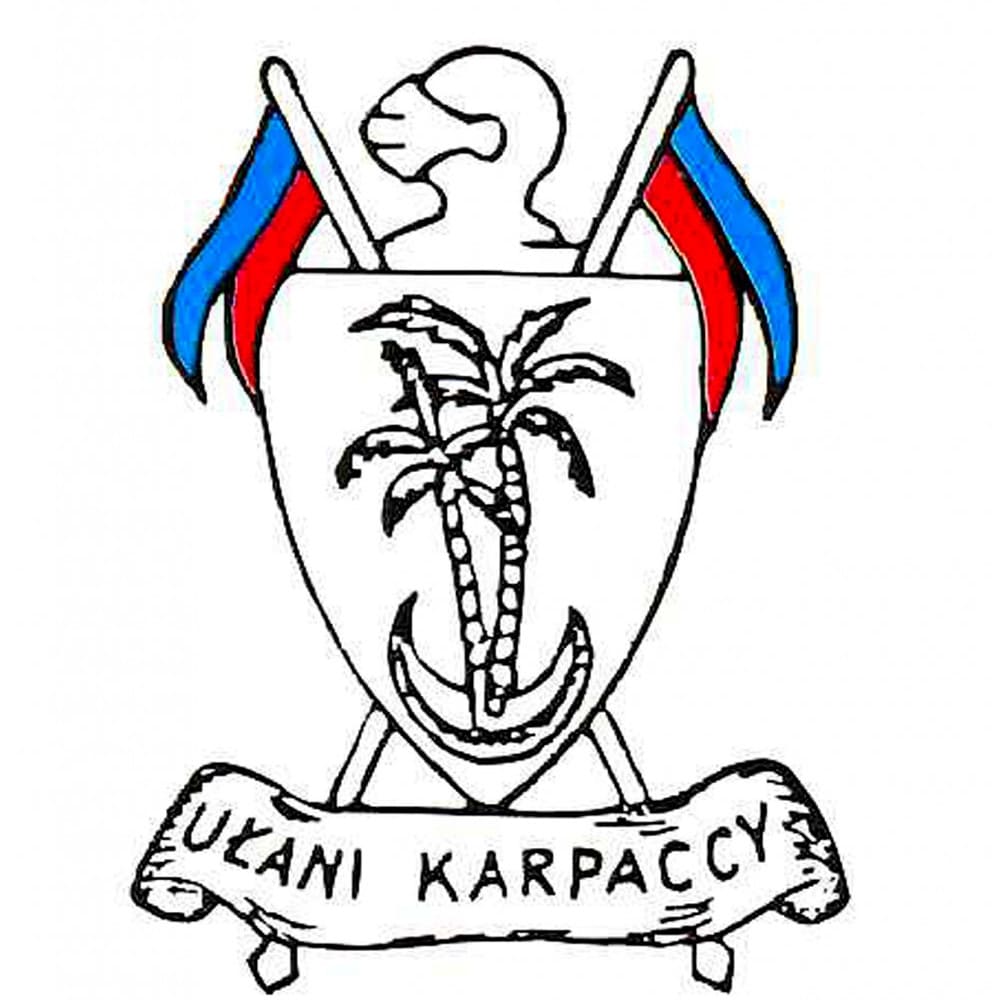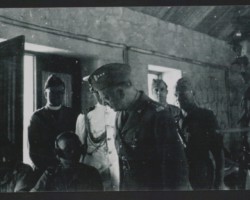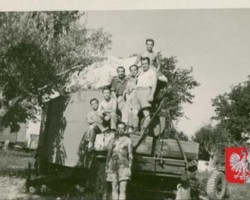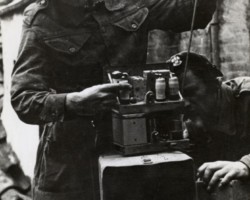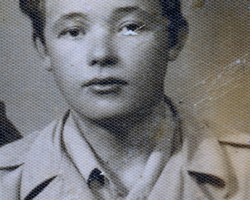Corps Communication
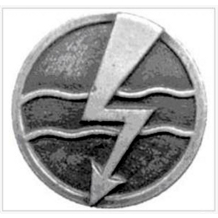 It is essential to conduct military and war operations to have an efficient communications service. The 2nd Corps’ communications forces included:
It is essential to conduct military and war operations to have an efficient communications service. The 2nd Corps’ communications forces included:
- 11th Corps Signal Battalion
- 385th Signal Company (including 104th Cipher Section)
- 390th Signal Company
- 11 Pluto Radio
- 12th Information Platoon
- Air Support Command Communications Platoon
- Communications Park, including the Communications Traffic Control Team
- Divisional battalions.
Thanks to the means of communication available, it was possible to develop two communication centers within the 2nd Corps – within the Corps and down to subordinates. The units were motorized and had a number of special vehicles (including wheeled vehicles, trailers, motorcycles).
The Corps had 1,800 radio stations of various types – radio receivers, telephones, telephone switchboards, battery charging stations, etc. Appropriate communications ensured the possibility of contact between units during combat operations.
The 2nd Corps Signal Service – this applies to the 385th and 390th Signal Companies, which had mixed compositions. Polish soldiers were assisted by PWSK volunteers.
The predecessors of the 11th Signal Battalion of the 2nd Corps were:
– Staff Signal Company, then the 1st Signal Regiment of the Polish Army in the USSR, evacuated to Iran in August 1942.
– Army Signal Battalion, and from 9 March 1943 – 11th Signal Battalion of the Polish Army in the Middle East – stationed initially in Iraq (Quizil Ribat, Kirkuk), and then in Palestine.
The 11th Signal Battalion of the 2nd Corps secured communications during the Italian campaign. It consisted of two companies – one responsible for servicing the headquarters’ telephone switchboard, and the other for expanding and maintaining telephone lines. The 11th Special Radiotelegraph Platoon maintained contact with the Supreme Command of the Polish Armed Forces in London. Another radiotelegraph platoon maintained contact with the subordinate large units of the 2nd Corps. In addition, within each large unit of the 2nd Corps there were signal platoons responsible for contact with the Corps headquarters.
Personnel shortages in the Anders’ Army’s communications services were filled by training soldiers at the Signal Forces Officer Cadet School (located first in Pogran-Orłowskaja in Uzbekistan, then in Quizil Ribat in Iraq, and finally in Madeira in Italy), motor training, courses for radio mechanics, radio telephonists, and telephone operators, and the communications course of the Non-Commissioned Officers’ School.
The commanders of the 11th Signal Battalion were: Lieutenant Colonel Eugeniusz Łysak (06.11.1943-08.1944 and 02.10.1944-07.07.1947) and Major Roman Banaszak (08.1944-01.10.1944).
The signals forces of the 2nd Corps were disbanded in July 1947 in Great Britain.
Exhibition Materials
